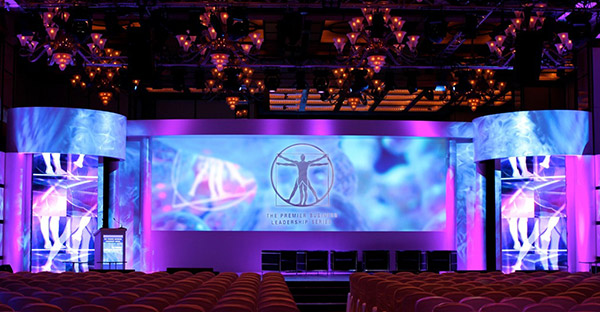A Thorough Comparison of Different LED Display Wall Techniques and Their Uses
A Thorough Comparison of Different LED Display Wall Techniques and Their Uses
Blog Article
Light Emitting Diode video screens are increasingly popular across different settings, including concerts, athletic competitions, as well as corporate presentations. These large screens consist of composed of many small Light Emitting Diode modules that work together to create a single cohesive visual. Various different kinds of LED video screen solutions on the market, every having its unique features as well as benefits. Understanding these technologies options can assist companies and organizations choose the appropriate option for their particular needs.
One common kind of LED display screen technology is the directly viewed Light Emitting Diode. Such technology utilizes individual Light Emitting Diode units which are placed closely in proximity to create a large screen. Direct view Light Emitting Diode screens are known for their high brightness and vibrant hues, making them ideal for external activities and brightly lit environments. They also have a broad viewing perspective, allowing means that people can see the screen distinctly at different positions. Such renders direct view LED walls a popular option for sports arenas as well as external events.
A different type of LED video screen solution is the LED illuminated Liquid Crystal Display. This solution combines conventional LCD screens with Light Emitting Diode illumination for improved brightness and color accuracy. LED illuminated Liquid Crystal Displays are often used in interior settings, such as retail malls and meeting spaces. These displays provide superior visual quality and are generally more cost-effective than direct view Light Emitting Diode screens. However, they may often perform as well in bright environments, as the illumination can occasionally dull the hues.
Another thirdly choice is the Organic Light Emitting Diode display screen. Organic Light Emitting Diode technology offers superior contrast and color depth compared to other types of displays. Every pixel in an Organic Light Emitting Diode display emits its own light, allowing for true dark tones as well as lively hues. Such renders Organic Light Emitting Diode display screens especially appealing for uses that require high-quality visuals, such as art galleries or high-end retail led video wall setup guide stores. However, OLED technology can be costlier expensive while may not be as bright as directly viewed Light Emitting Diode screens, rendering it not appropriate for external applications.
In addition to these technologies, there are additionally multiple uses for LED video screens. These displays can be used for promotion, amusement, as well as information presentation. For example, businesses often use Light Emitting Diode video screens for electronic advertising to attract customers as well as advertise products. Within entertainment, they enhance the visual experience at concerts as well as events, providing lively backdrops and captivating images. In corporate environments, LED video screens can be utilized for presentations, video conferencing, and training programs, aiding to communicate data through a aesthetically appealing way.
To summarize, LED video screens come in different technologies, each having its own advantages and uses. Directly viewed LED screens are ideal for outdoor applications, whereas LED-backlit Liquid Crystal Displays are more suitable for indoor settings. OLED display walls offer exceptional image quality but may be at a higher price. Grasping these variations can help entities to make informed choices about which kind of Light Emitting Diode display screen best meets their requirements, whether it be for advertising, amusement, or business applications.